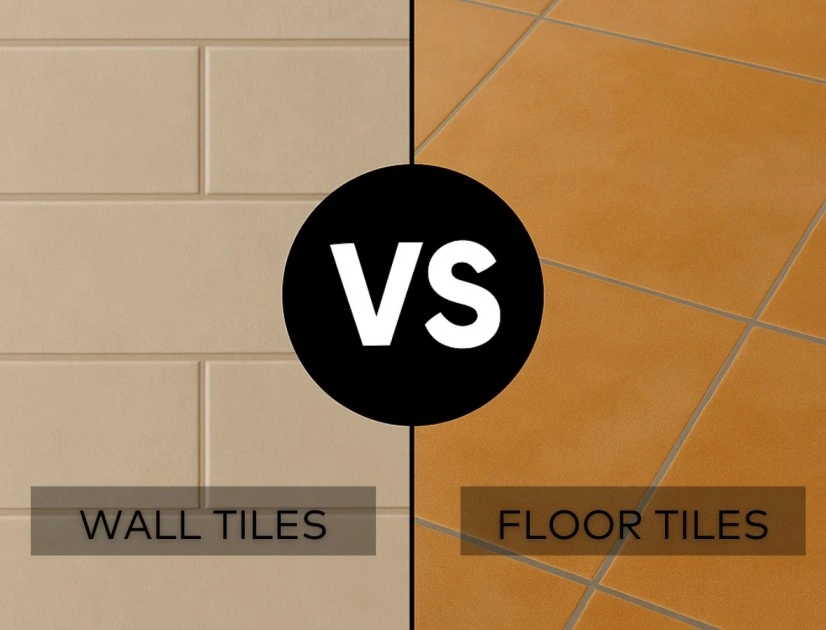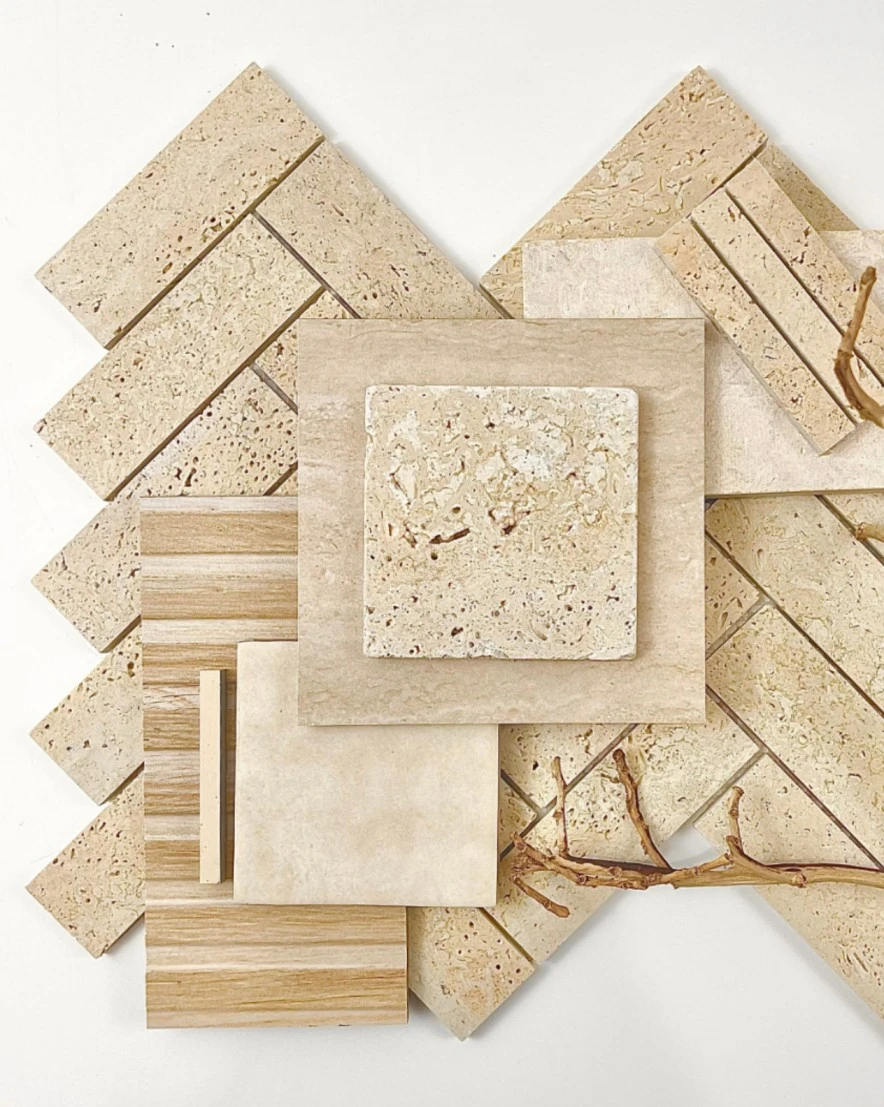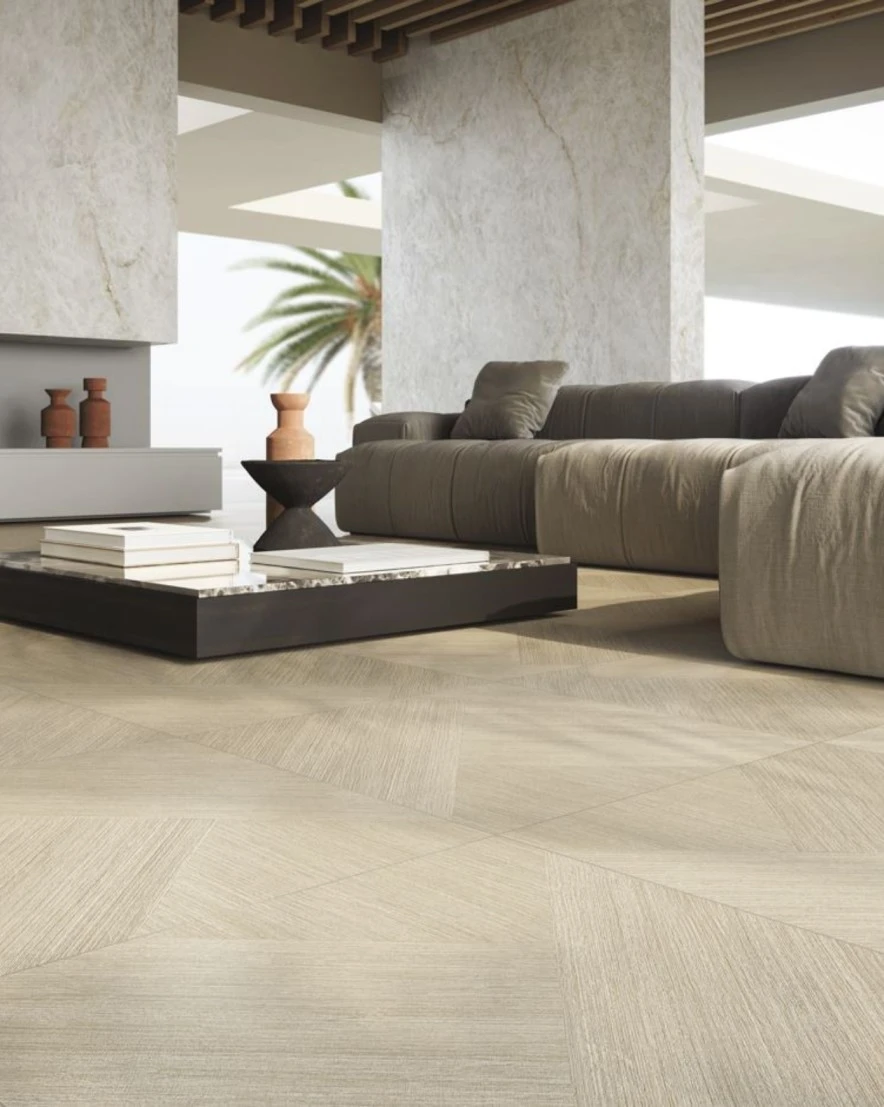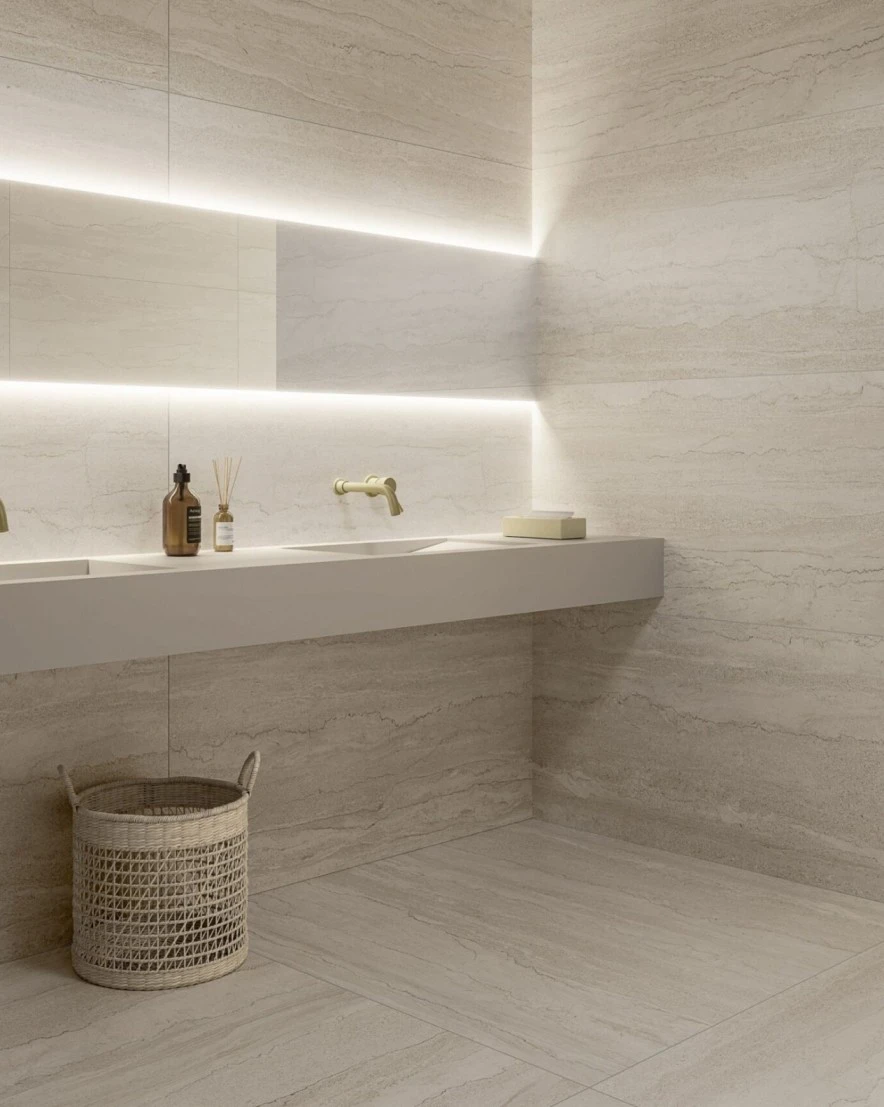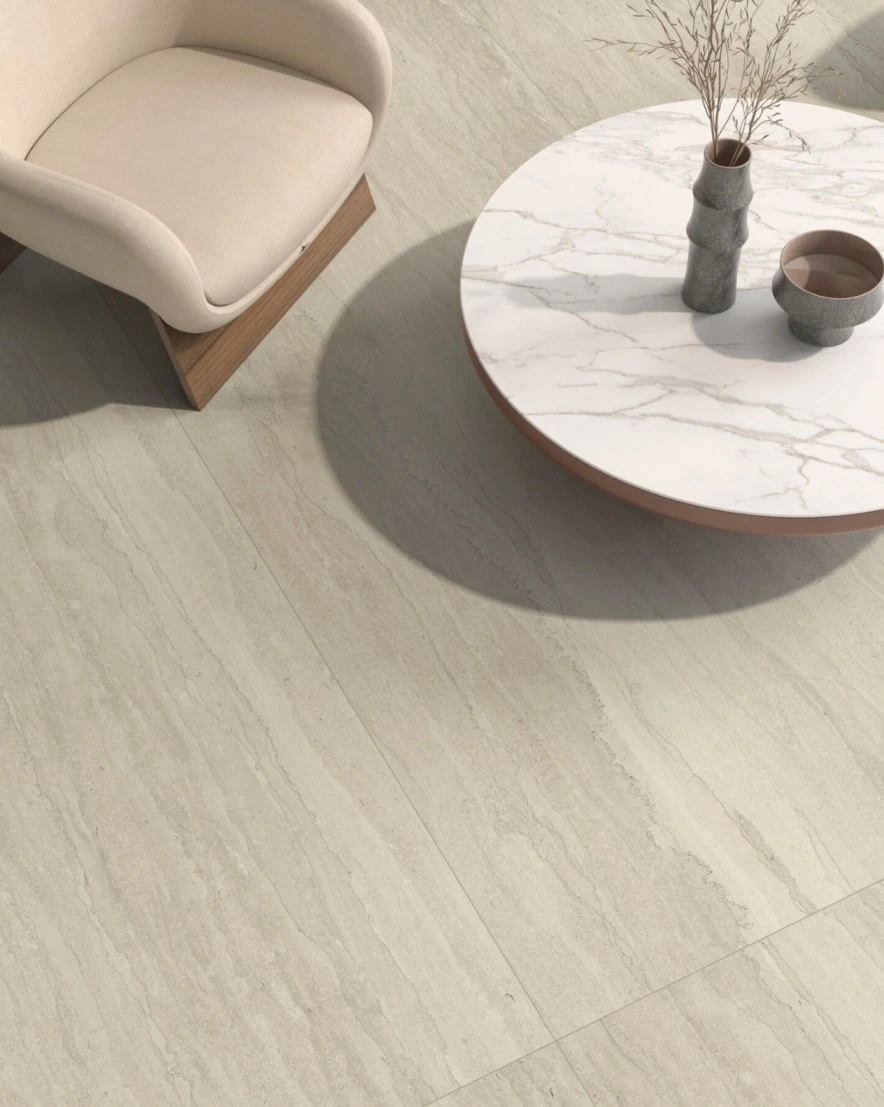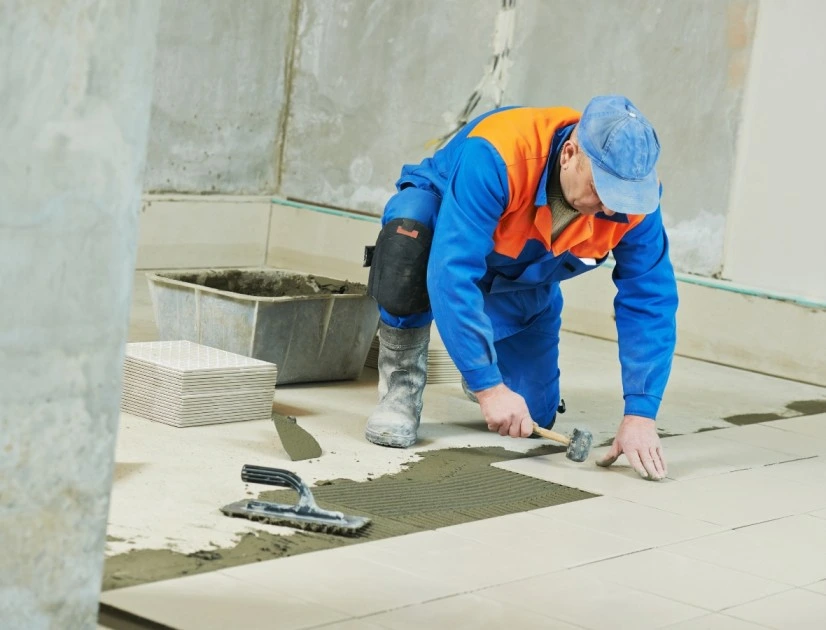Difference Between Wall and Floor Tiles FAQs
Are wall and floor tiles the same?
No, wall tiles and floor tiles are not the same.
They’re made differently because they serve different purposes. Wall tiles are lighter and decorative, while floor tiles are built for strength and performance under foot traffic.
Why can’t wall tiles be used on floors?
Wall tiles aren’t designed to handle pressure, impact, or movement.
They lack the strength and COF rating needed to prevent slips or withstand heavy-duty foot traffic, which makes them unsafe for use on floors.
Are floor tiles stronger and thicker than wall tiles?
Yes, floor tiles are generally thicker, denser, and much stronger.
They’re made to resist wear and support high traffic or commercial areas, which wall tiles simply aren’t built for.
Can floor tiles be used on walls?
Yes, in most cases, floor tiles can be used on walls, as long as the wall can support their weight.
This is a great option if you want a seamless design using the same tile across both surfaces.
Do floor and wall tiles use the same material?
Not always. Wall tiles are usually made from ceramic, while floor tiles are often porcelain or natural stone for added durability.
The tile industry uses different manufacturing standards depending on the tile’s purpose and performance requirements.
How do I tell if a tile is for walls or floors?
Check the product label or specifications. Floor tiles will usually list a PEI rating, or mention use in high traffic zones.
Do you use the same grout for wall and floor tiles?
Not always. Floor grout needs to be tougher and more flexible to handle movement and cleaning, while wall grout is more about a clean finish.
Your tiler will recommend the right grout depending on the tile type and location.
Do you tile the floor or walls first?
It depends on the space, but most pros start with the floor to ensure clean lines and a watertight base.
This is especially important in bathrooms where waterproofing is present.
Is a wall or floor tile easier to clean?
Wall tiles are easier to keep clean since they don’t get walked on or exposed to dirt and wear.
Floor tiles are still low-maintenance, especially if you choose tiles with a smooth finish and a minimum level of grout lines.

